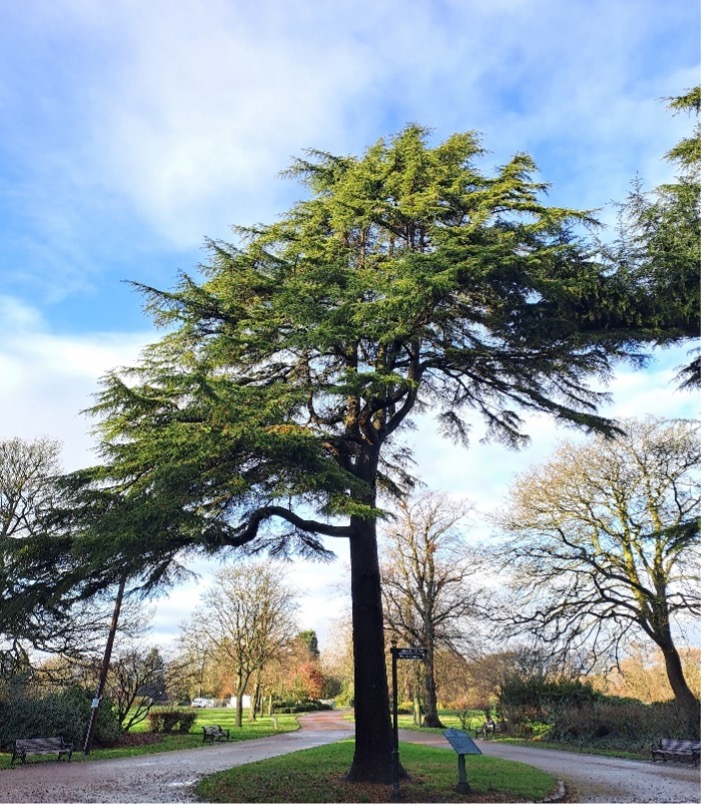
Botanical Name: Cedrus libani
Common Name: Cedar of Lebanon
This native of Lebanon, Syria and Turkey was firs] introduced to the British Isles in the 17th Century. It can be identified from the Atlas Cedar and the Deodar Cedar by the general rule: Atlas-Ascending, Lebanon Level, Deodar-Down when applied to the young shoot tips.
Commonly known as the Cedar of Lebanon, has a storied history and cultural significance. Here's an overview:
The Cedar of Lebanon's historical and cultural significance, combined with its practical uses, makes it a tree deeply rooted in the heritage of the Eastern Mediterranean region.
20643